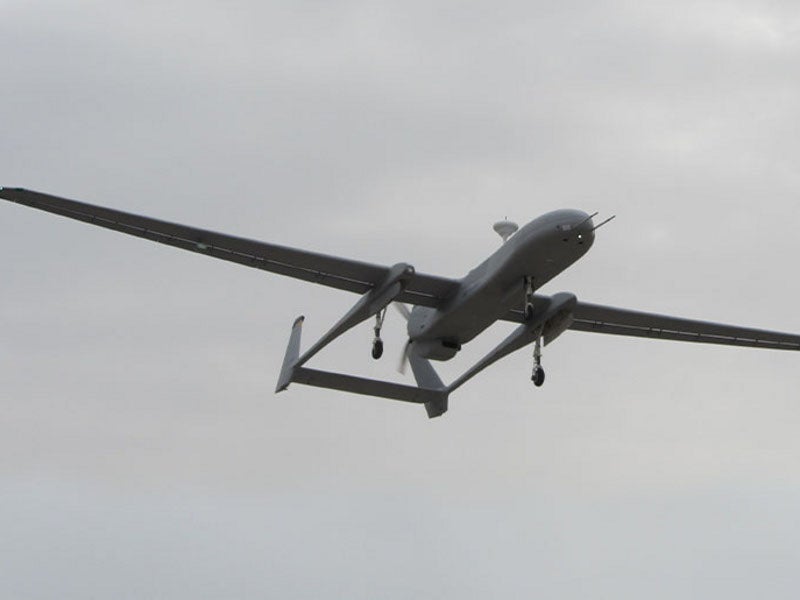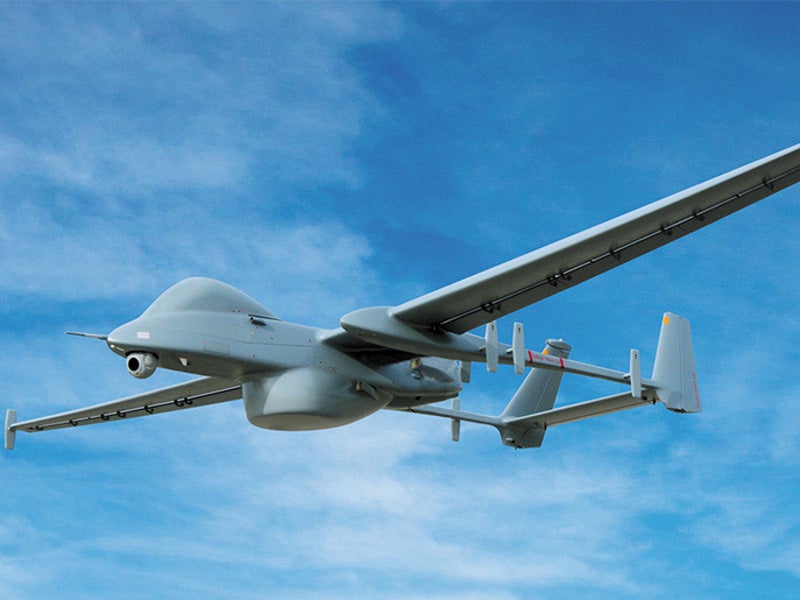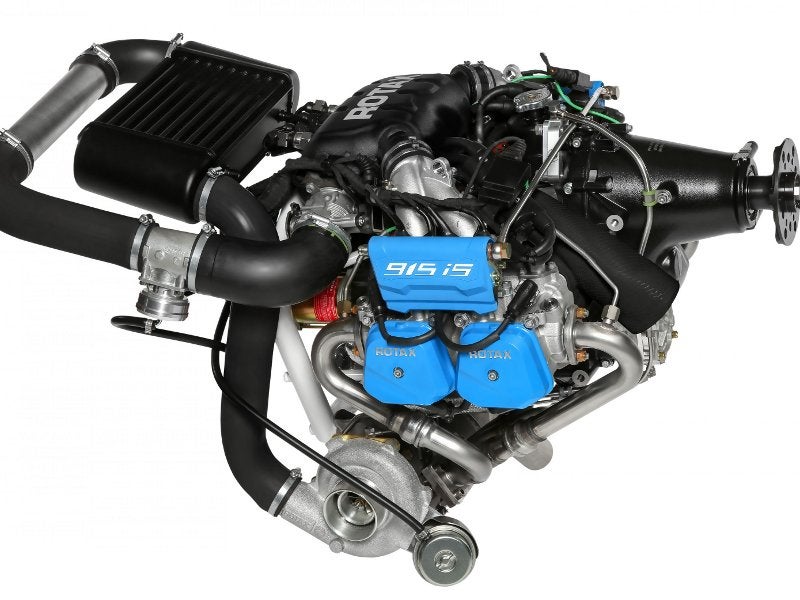Heron MK II medium altitude long endurance (MALE) unmanned aerial vehicle (UAV) is the latest member of Heron family of unmanned aerial systems developed by aerospace and defence company Israel Aerospace Industries’ (IAI) MALAT Division.
The unmanned aircraft will incorporate improved engine, larger sensors and advanced manufacturing technologies developed by IAI. A full-scale mock-up of the UAV was shown at the Singapore Airshow held in February 2020.
The UAV is intended primarily for intelligence, surveillance, target acquisition and reconnaissance (ISTAR) missions in support of air and naval operators. It can also be used for intelligence gathering and surveying borders in support of law enforcement missions.
Heron MK II is an improved version of the Heron UAV, which is operational with 20 customers worldwide along with the Israeli Air Force.
Heron MK II UAV design and features
Heron MK II has a wider and stronger body structure compared with its base version. Its airframe allows technicians to quickly perform repair and maintenance on the aircraft without adding to its weight.
The aircraft features fixed-wing design with the wings mounted midway up the fuselage. It has twin-tail configuration with a pusher propeller.
The overall length of the UAV are 8.5m, while the wingspan is 16.6m. The maximum take-off weight of the aircraft has been increased from 1,270kg to 1,350kg.
The UAV is equipped with fully retractable undercarriage, comprising a single-wheeled nose unit and a pair of single-wheeled main landing gear units. It will allow for smooth landing on unpaved, high-altitude runways in extreme weather conditions.
Sensors and communications aboard Heron MK II MALE UAV
With a payload capacity of 470kg, the latest Heron MK II unmanned aircraft is capable of carrying a range of special purpose payloads required to perform various missions in all-weather, day or night conditions.
The drone will also be outfitted with advanced sensors and improved avionics, when compared to its predecessor.
The unmanned aircraft can carry long-range radars and observation sensors, such as electro-optical/infra-red (EO/IR) systems for detection and tracking of targets.
The electronic intelligence (ELINT) and communications intelligence (COMINT) systems will be installed on-board to detect, analyse, geolocate and gather electronic and communication radio signals for actionable intelligence at long range stand-off distances.
Ground control station
The command and control operations for the Heron MK II unmanned aerial vehicle will be performed by an operator from the IAI’s 5th generation ground control station called the Unified Control Station (UCS).
The data collected by the on-board sensors, radar, SIGINIT and COMINT systems will be processed at the UCS in real time.
The ground control station also allows for UAV to perform autonomous taxi, take-off and landing operations using an internal global positioning system (GPS) navigation device.
Heron MK II UAV’s engine
Heron MK II UAV is powered by a four-cylinder, four-stroke Rotax 915 iS turbocharged engine that will increase rate of climb and flight performance.
The engine features a redundant fuel injection system and an intercooler. It produces a maximum take-off power of141hp.
Performance of improved Heron UAV
The Heron MK II unmanned aerial vehicle can attain a loiter speed of 60kt to 80kt and a maximum speed of 140kt. It can reach altitudes up to 35,000ft and has an operating range of more than 1,000km.
The unmanned aircraft has the ability to gather intelligence from long distances without crossing borders. It is capable of medium altitude long endurance operations of up to 45 consecutive hours.
Heron family of UAS
Heron UAS, the base variant of the family, has been operational with the Israeli Defence Force since 2005. Fitted with six different payloads, the aircraft is ideal for both strategic and tactical operations.
In addition to the base variant, IAI’s Heron family of UAS also includes the Heron TP multi-role UAS that is intended for strategic missions.
The Heron family of UAS, along with other IAIS’s unmanned systems, have accumulated more than 1,700,000 operational flight hours to date.






